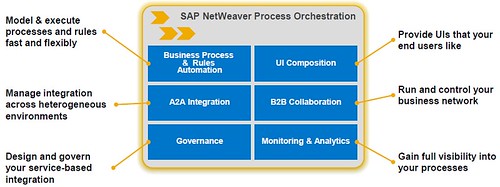I’m in a Kofax Transform breakout session on Kapow Integration together with KTA; I missed documenting the first part of the session when my Bluetooth keyboard stopped talking to my Android tablet, until I figured out how to pair it with my iPhone (which is not supposed to be possible), so I’m blogging on that. I feel like Macgyver.
Kapow provides a method to create “robots” for a sophisticated sort of automated control and screen scraping of web pages, so that you can create robots to interact with a web page for the purpose of integrating it with other applications (such as those built on Kofax TotalAgility) instead of a user having to interact with the page directly. In the demonstration that we saw, a robot was created to enter data to generate pay stubs on a site, then scroll between the full set of stubs created to take a screen snapshot or PDF of each. This allows any web application to use the robots to harvest information from a web site without user interaction, for example, to go to a series of bank web sites and enter the provided credentials to gather bank statements as input to a mortgage process. The use case shown had a web application that was presented to the customer, gathered their credentials for a number of banking sites, then went to each of those behind the scenes to grab the bank statements using the robot’s knowledge of how to navigate to each of those sites. Although the web sites being remotely controlled are hidden from the user, the robot can show a clip of the underlying site to, for example, display an error message such as incorrect credentials.
The design is all pretty much drag-and-drop, meaning that a semi-technical data or business analyst could work through the creation of a robot: they just need to know how to navigate through the web site to be controlled, and be able to understand how to handle all of the possible error cases. There are more technical implementations for complex scenarios that would require developer skills, but a lot can be done without that.
In my past life as a systems integrator, we did a lot of screen scraping, mostly of green-screen systems that could not be easily integrated with; funny that we have exactly the same problem even though we have leapfrogged a few generations of technologies from terminal emulators to browsers. Plus ça change.

